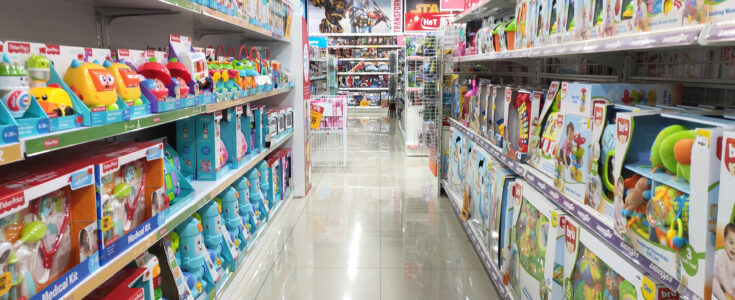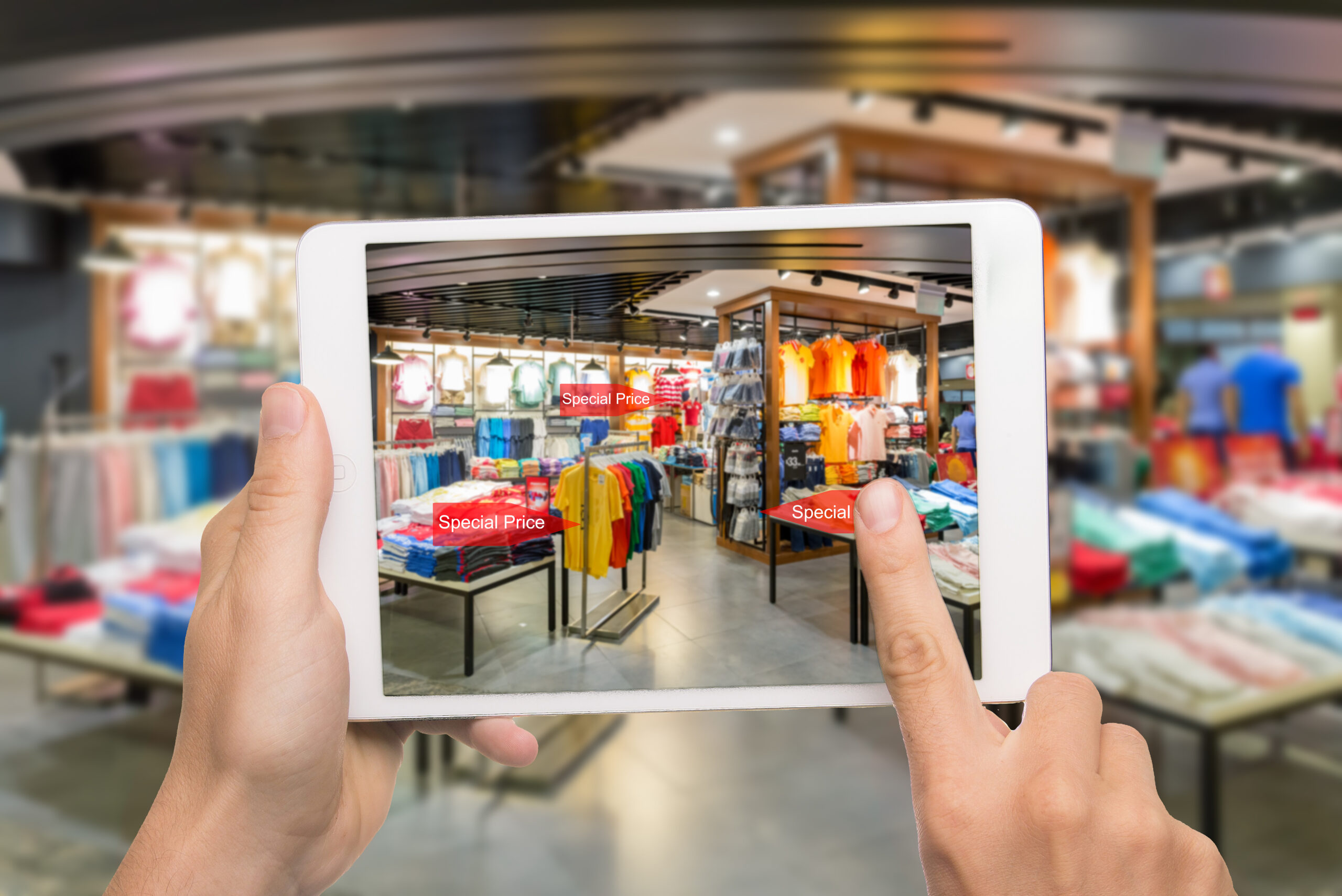
Toys ‘R’ Us: Digitally Disrupted

Toys ‘R’ Us has filed for Chapter 11 bankruptcy in the US and Canada. A retail institution, a toy emporium, a troubled incumbent – Toys ‘R’ Us has been called many things. Commentators have also attributed its demise to many factors, including spiraling debt, children’s increased interest in device screens, a lack of differentiation from the likes of Walmart, failure to compete with online retailers like Amazon, and a focus on sinking tech initiatives.
Yet there’s another underlying story here. In all the news coverage dedicated to Toys ‘R’ Us, the key question that emerges is this: what is the winning formula for retail now that digital has changed everything? Experts are not just seeking explanations as to why Toys ‘R’ Us failed, but what others need to do differently to thrive. It’s been a bumpy ride in the industry recently: Amazon buying Whole Foods… Walmart’s tie-up with Google on voice-based shopping… Lego’s lackluster figures… and now the bankruptcy of Toys ‘R’ Us.
Digital is driving disruption in retail. Our recent blog is packed with practical advice on the latest technologies retailers can use to their advantage. However, before retailers can start implementing these digital advancements, it’s important to get the foundations right first. Why is digital transformation so crucial to remaining competitive in retail? Toys ‘R’ Us teaches us several lessons.
Let’s start with what digital transformation actually entails. Some experts have pointed out that one of the issues faced by Toys ‘R’ Us was not failure to keep up with digital, but rather, focusing on the wrong digital services. (Check out this interesting piece in the Harvard Business Review underlining the difference between high-tech and high-touch). Here at Apexon, we would say that Toys ‘R’ Us implemented a tech upgrade with features like Find it Fast, when what it really needed was a digital transformation. The first step in digital transformation is really a leap of imagination to shift to a wholly customer-centric focus. It involves re-envisioning the business from the standpoint of the customer, and then working backwards.
Data, data, everywhere
When faced with so many examples of incumbents struggling, one could reasonably ask how can brick-and-mortar retailers really compete in a digital age? The answer lies in what we call their “secret weapon” — that is all the data that they hold about their customers. With so many retailers attempting to achieve omnichannel excellence, customer data is plentiful; but what really is lacking for most is a single, sophisticated view of the customer. It is this insight, and the actions that follow from it which will set retailers apart from their competitors. Deploying data engineering and predictive analytics technologies can help fast-track customer data into actionable insights.
Lesson 1: Digital transformation unlocks unprecedented insights, creating opportunities for retailers to spot trends and beat competitors.
QE: a different approach to digital delivery
No enterprise, Toys ‘R’ Us included, relishes the phrase “system overhaul”.
Digital is profoundly changing retail. Isn’t it time retailers changed their business operations?
Consider that $1.26 trillion of local retail sales were affected in some way by digital media in 2016. Customer-centricity is all about being prepared to upturn traditional business models. Oftentimes business operations will be affected, but Toys ‘R’ Us was unwilling (or unable) to transform its legacy systems. In the face of such a rapidly changing business landscape, the question should not be, “can you afford to overhaul”; rather it is “can you afford not to?”
For example, if speed of innovation is your key driver for digital transformation, it’s important to consider the dependencies between people and processes. Breaking down these dependencies accelerates initiatives. The QE approach and DevOps model of working eliminates unnecessary barriers in the form of sign-offs and hand-offs in favor of continuous innovation delivered by CI/CD.
Lesson 2: Digital transformation enables customer-centric processes to be streamlined and optimized throughout the product lifecycle. QE is the most effective method for delivering digital transformation.
New needs for the digital age
Shopping in augmented reality (AR) will soon become a reality! Around 100 million consumers will be shopping using augmented reality within the next three years, according to analysts at Gartner.
That’s just one example of a technological leap that’s going to be a challenge, to put it mildly, for retailers whose systems are not primed for the testing and delivery capabilities that the new digital age demands. Without automated testing and a solid CI/CD pipeline, retailers are going to struggle to process innovations such as AR, VR or indeed get the most out of their omnichannel investments.
Toys ‘R’ Us was not fast enough at differentiating its stores physically or digitally. The challenge for retailers in the digital age is the double requirement of innovating product quality at speed.
Lesson 3: Operational improvements drive product innovation. Using the latest Shift Left and DevOps techniques, retailers can speed time to market, improve product quality and gain competitive edge.
Digital irrelevance is every retailer’s worst nightmare. Apexon has many examples of how we have worked successfully with retailers on their digital challenges. Take a look at our handy fact sheet on driving digital in retail for the latest data technologies and methods that help retailers extract value from their digital investments.
Is there a particular digital demon giving you sleepless nights? Let us solve the problem for you. Contact us today.







